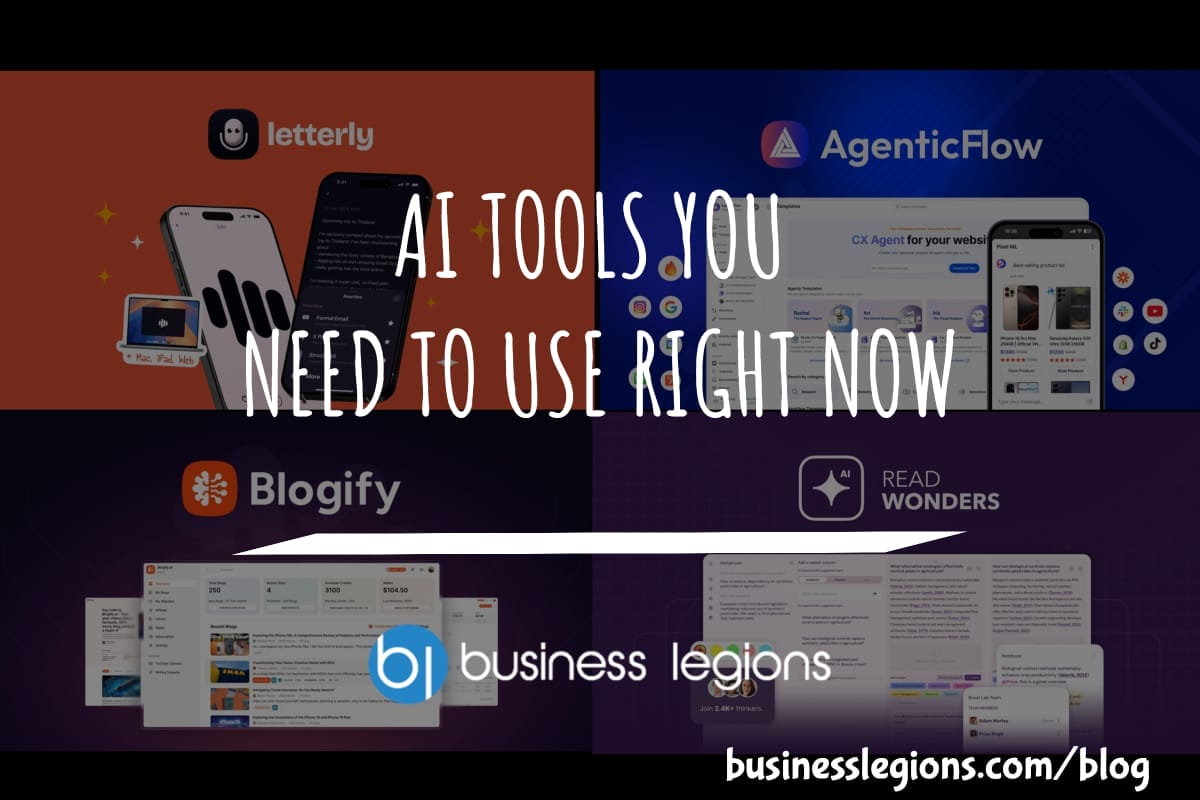BUILDING SMARTER APPS: WHY THE MOBILE MVP APPROACH WORKS
April 10, 2025 / by Marco / Categories : Business
Creating a successful mobile app is rarely a straight line. You’ve got ideas, users with different needs, and a constantly shifting market. That’s why building a full-scale product right out of the gate can be risky—and expensive. Instead, smart teams are turning to the mobile MVP approach to test ideas, reduce waste, and move fast without breaking the bank.
What Is a Mobile MVP?
A Mobile MVP (Minimum Viable Product) is the leanest version of a mobile app that still solves a core problem for users. It’s not packed with features. It doesn’t aim to impress everyone. Its job is to validate whether your idea is actually something users want.
Think of it like this: if you’re building a fitness app, your MVP might just track steps and calories. No fancy integrations. No AI meal planner. Just the essentials. If people love it, you’ve got your green light to build more.
Why Start Small?
Big products take time and money. But here’s the kicker: more features don’t always mean more value. Sometimes, they confuse users or make the app harder to use.
Here’s what you gain by going the MVP route:
- Faster time to market – Get your app in users’ hands quickly.
- Early user feedback – Understand what people actually want.
- Lower development costs – Avoid wasting resources on unused features.
Instagram started as a simple photo-sharing app. Uber? Just a ride-hailing service with cash payments. Both began with a tight focus and evolved based on real user behavior.
How to Build a Mobile MVP That Matters
You don’t need a perfect app. You need the right one.
1. Define the Core Problem
Before writing a single line of code, ask: What’s the one problem this app should solve? Narrow it down. If you’re building a budgeting app, focus on expense tracking first. Skip the fancy reports and bank syncing—for now.
2. Identify Key Features
This is where you trim the fat. Use the MoSCoW method:
- Must-Have: Essential for the app to function.
- Should-Have: Useful, but not critical.
- Could-Have: Nice to have, not urgent.
- Won’t-Have (Yet): Save for future versions.

3. Choose the Right Tech
Decide early: native or cross-platform? React Native and Flutter are popular frameworks for MVPs because they let you build for iOS and Android at once—cutting costs and speeding things up.
4. Design With Simplicity
Minimalism isn’t just a style. In MVPs, it’s a strategy. Clear navigation, fast loading, and intuitive UI matter more than visual bells and whistles. Tools like Figma help prototype ideas fast without diving into code.
5. Launch and Learn
Ship it. Even if it’s not perfect. Then watch closely. Track user actions, read reviews, run surveys. This is where real learning happens. If users ignore a feature, maybe it wasn’t that important. If they ask for something repeatedly, it’s a signal to prioritize it.
Common Mistakes to Avoid
Even MVPs can go wrong. Here are a few traps to watch out for:
- Trying to do too much. Keep the first version lean.
- Skipping user research. Assumptions are expensive.
- Ignoring analytics. Data should drive your next move.
Real-World Benefits of the Mobile MVP Strategy
Using a mobile MVP isn’t just a development tactic—it’s a business move.
Companies that embrace MVPs can:
- Test monetization strategies early
- Validate product-market fit before scaling
- Pivot quickly if the original idea doesn’t click
Startups aren’t the only ones using this approach. Larger companies also release stripped-down versions of new apps to test markets or enter new verticals.
Quick Checklist Before You Launch
Before you hit that “publish” button, it’s worth pausing for a moment. MVPs are meant to be quick and lean—but they still need to be solid. Here’s a more detailed look at what your mobile MVP must include before it’s ready for real users.
Make Sure Your MVP Has:
- A clear, valuable core function. Your app should do one thing—and do it well. Whether it’s tracking water intake, scanning receipts, or helping users find local events, the core functionality should be immediately obvious and genuinely useful. If users have to guess what your app is for, you’ve already lost them.
- A working UI/UX that’s easy to navigate. Clean, intuitive design isn’t a luxury. It’s the difference between someone staying or uninstalling after 30 seconds. Make sure the layout feels natural on both iOS and Android. Avoid overcomplicating flows. Keep buttons visible, onboarding short, and error messages helpful. Test with real people, not just your team.
- Analytics to track user behavior. You can’t improve what you can’t measure. Integrate lightweight tools like Firebase Analytics or Mixpanel to see what users click, where they drop off, and what features they ignore. Even in early versions, tracking core events helps you make smarter decisions.
- A feedback loop to gather insights. You need a way for users to tell you what’s working—and what’s not. That could be a simple in-app survey, a feedback button, or follow-up emails. Early adopters often have the best ideas. Make it easy for them to share.
And Ask Yourself:
- Does this solve a real user problem?
This is the big one. If your app isn’t making someone’s life easier, faster, or more enjoyable, it’s unlikely to gain traction. Strip away the tech for a second—can you explain the problem you’re solving in plain language? - Can I launch this in under three months?
If it’s taking longer than 12 weeks, you’re likely trying to do too much. MVPs are about speed and learning. Break features into smaller parts if needed. Focus on building the smallest version that’s still useful. - Is it simple enough for someone to understand in one sentence?
Think elevator pitch, but shorter. “It’s an app that helps freelancers track payments.” That’s clear. If your explanation sounds like a mouthful of buzzwords, users won’t get it—and won’t care.
Running through this checklist helps ground your project in reality. It ensures you’re launching something purposeful, not just “done.” An MVP isn’t a half-baked product—it’s a carefully designed tool built to start conversations with real users. And once those conversations begin, you’ll know exactly what to build next.

Final Thoughts
The mobile MVP approach isn’t about doing less—it’s about doing what matters most first. In a world where user attention is short and competition is fierce, that’s a winning mindset. Focus on solving one real problem for one real group of people. Build it, launch it, learn from it—and grow smarter from there.
OTHER ARTICLES YOU MAY LIKE

AI TOOLS YOU NEED TO USE RIGHT NOW
Unlock your potential with essential AI tools that enhance productivity, streamline tasks, and boost creativity. Transform your workflow today!
read more
COMPLETE GUIDE TO DIGITAL SIGNAGE SOFTWARE BUSINESSES IN 2025
Unlock the potential of digital signage software for businesses in 2025 with this comprehensive guide, covering features, benefits, and top solutions.
read more
